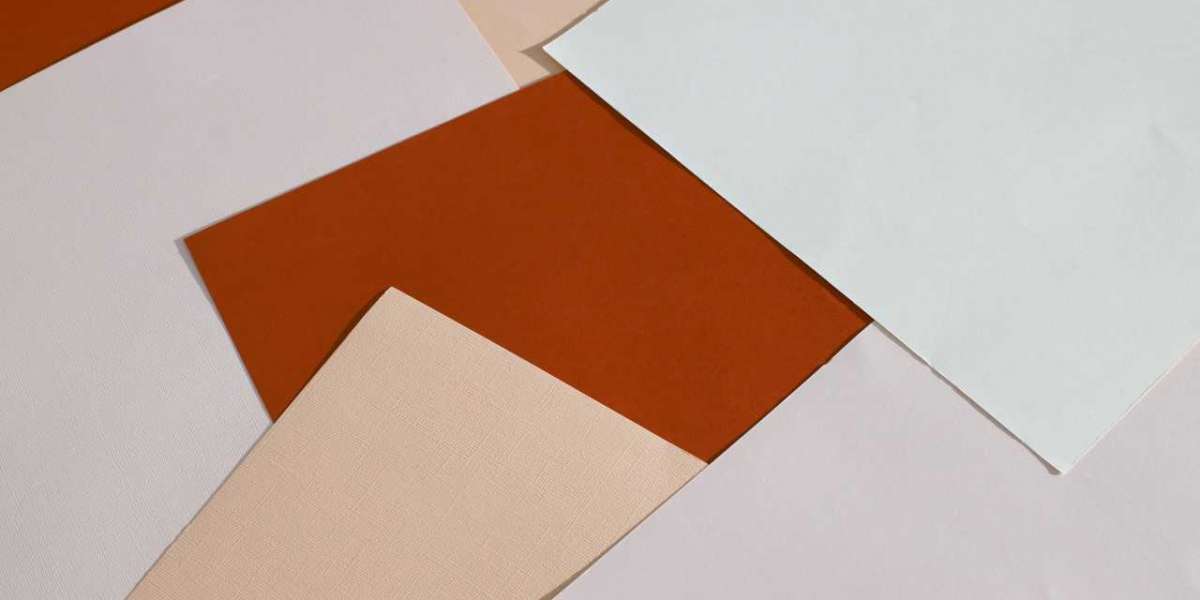When it comes to tools that have stood the test of time, the folding knife is a true classic. From its humble beginnings as a simple pocket knife to the cutting-edge designs we see today, the evolution of folding knives has been a fascinating journey. In this article, we will explore the rich history and innovative advancements that have shaped the world of folding knives.
The Early Days: Traditional Folding Knives
The story of folding knives dates back thousands of years. In ancient civilizations, people relied on fixed-blade knives for various tasks. However, the need for a more portable and convenient tool led to the development of the first folding knives. These early folding knives featured a single blade that could be folded into the handle, making them compact and easy to carry.
One of the earliest examples of a folding knife is the Roman pocketknife, known as the "spatha." This knife had a single blade that folded into a bone or wooden handle. It was primarily used by soldiers for everyday tasks and self-defense.
Over time, folding knives evolved and became more sophisticated. Different cultures and regions developed their own unique designs, incorporating various materials and mechanisms. For example, the traditional slip joint mechanism, which uses a spring to hold the blade in place, became popular in Europe during the 17th century.
The Industrial Revolution: Advancements in Folding Knife Design
The Industrial Revolution brought significant advancements in manufacturing techniques and materials, leading to a revolution in folding knife design. During this period, folding knives became more accessible to the general public, and their popularity soared.
One notable development was the introduction of the locking mechanism. This innovation allowed the blade to be securely locked in place, providing increased safety and stability during use. The lockback mechanism, invented in the 19th century, is one of the most common locking mechanisms used in folding knives today.
Another significant advancement was the use of stainless steel for blades. Stainless steel offered superior corrosion resistance and durability compared to traditional carbon steel blades. This breakthrough allowed folding knives to withstand harsh environments and extended use without compromising their performance.
The Modern Era: Cutting-Edge Folding Knife Designs
In recent decades, folding knife design has reached new heights of innovation and functionality. Advancements in technology and materials have paved the way for cutting-edge designs that push the boundaries of what a folding knife can do.
One notable trend in modern folding knife design is the use of lightweight materials. Titanium and carbon fiber are commonly used to construct handles, reducing the overall weight of the knife without sacrificing strength or durability. This makes modern folding knives more comfortable to carry and use for extended periods.
Another exciting development is the integration of assisted opening mechanisms. These mechanisms use springs or other mechanisms to assist in blade deployment, allowing for quick and effortless one-handed opening. Assisted opening knives have gained popularity among outdoor enthusiasts and professionals who require fast and easy access to their knives.
The Future of Folding Knives: Innovation Continues
The evolution of folding knives is far from over. As technology continues to advance, we can expect to see even more innovative designs and features in the future. From improved blade materials to enhanced locking mechanisms, the possibilities are endless.
One area of potential growth is the integration of smart technology into folding knives. Imagine a folding knife with built-in GPS, a digital display, or even a multi-tool functionality. While these concepts may seem futuristic, they highlight the potential for folding knives to become even more versatile and useful tools in the years to come.
As we look back on the evolution of folding knives, it is clear that these tools have come a long way. From the traditional designs of ancient civilizations to the cutting-edge innovations of today, folding knives have remained a staple in our lives. Whether you're a collector, an outdoor enthusiast, or simply someone who appreciates a well-designed tool, the evolution of folding knives is a testament to human ingenuity and our constant quest for improvement.







